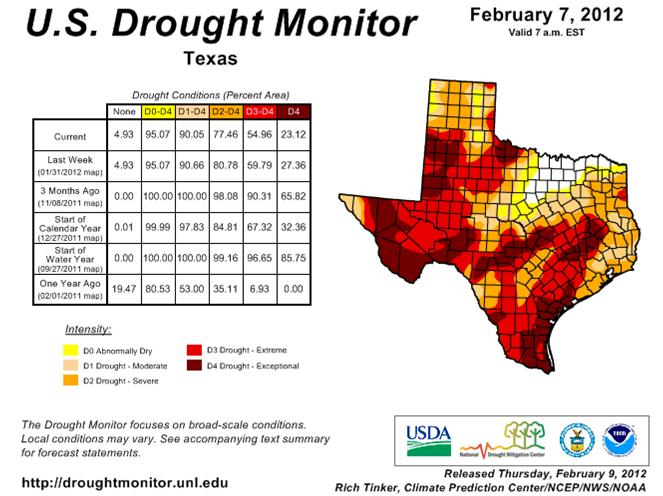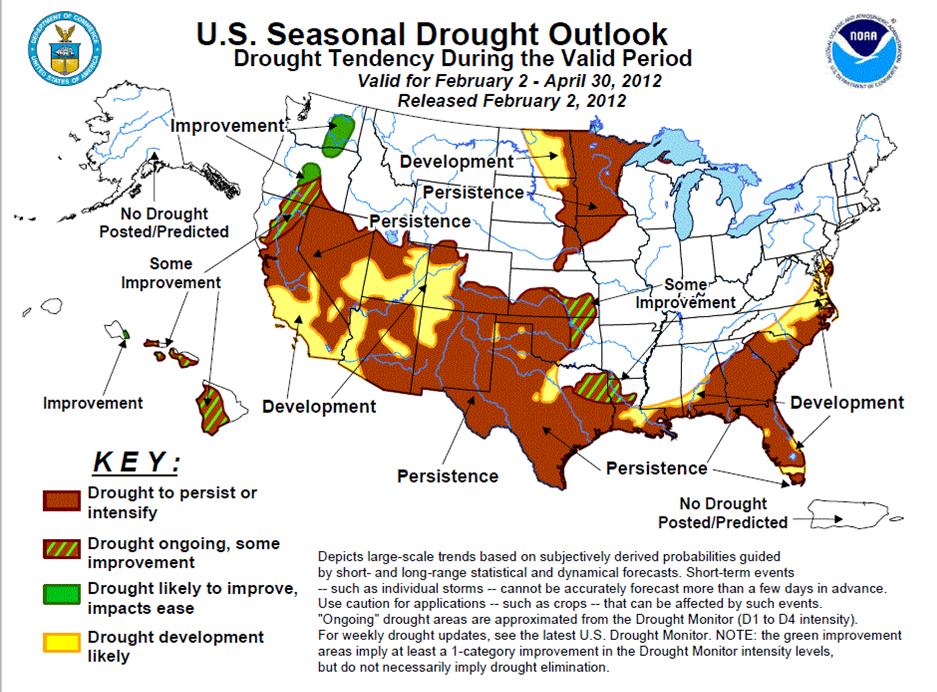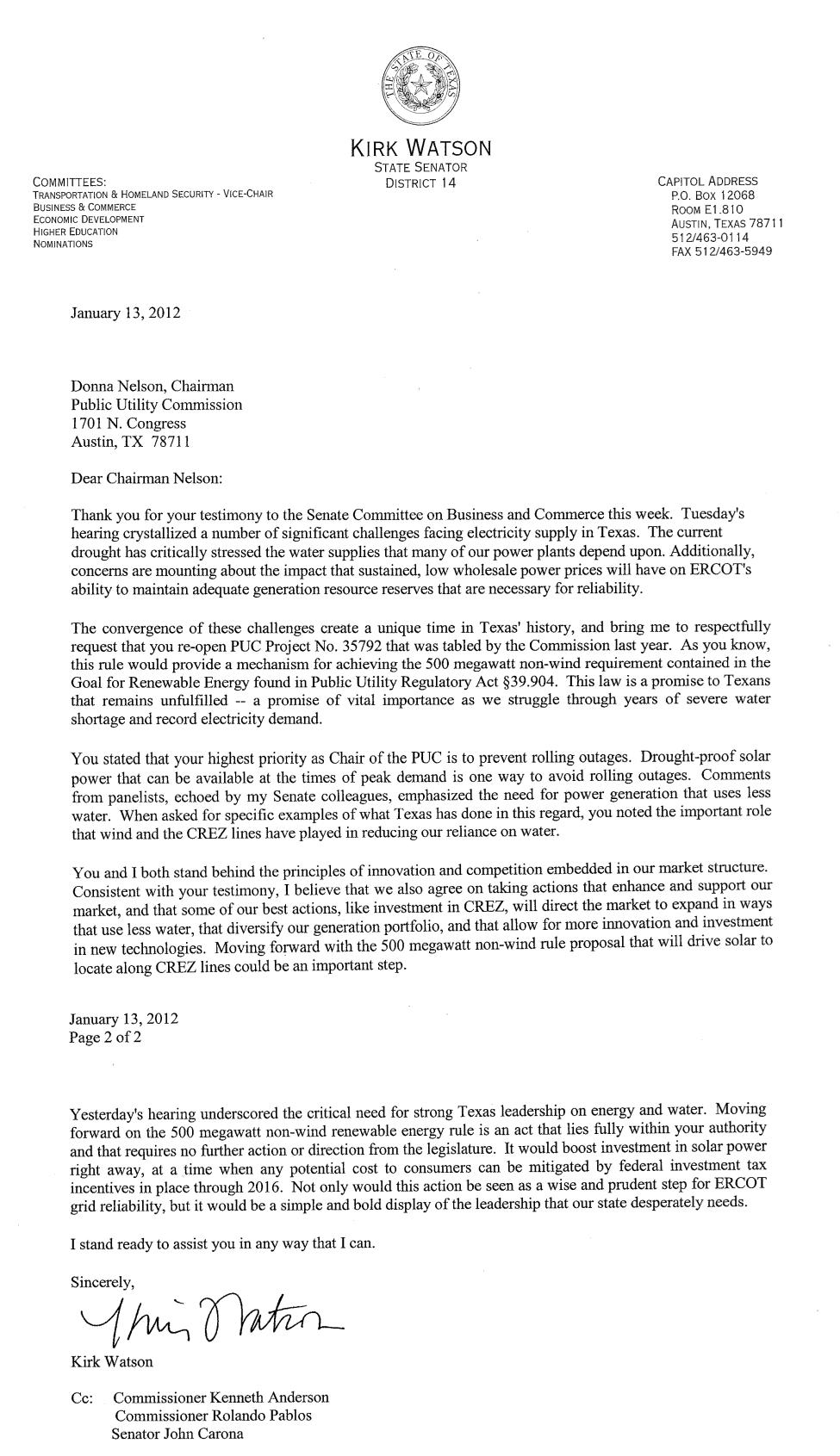Earlier this week, a new statewide coalition of groups and advocates for private property rights announced its support for landowners along the path of the Keystone XL pipeline in Texas. The groups charge that TransCanada, the company proposing to build the pipeline, has used eminent domain to bully landowners and condemn private property.
Despite a presidential permit denied to TransCanada for the Keystone XL project just weeks ago, the company continues to bully and pressure landowners along the Texas pipeline route.
The controversial Keystone XL pipeline would carry tar sands crude more than 1900 miles through six states including Montana, South Dakota, Nebraska, Kansas, Oklahoma and Texas. In Texas, the pipeline crosses eighteen counties, from Paris to Pt. Arthur. Groups with landowners near the cities of Paris, Winnsboro, and Wells joined in press events held in Dallas, Austin, San Antonio, and Houston to ask for support from agencies and officials on the continuing plight of landowners who would be impacted by the pipeline.
“Texas, we have an eminent domain problem,” said Terri Hall, director of Texans Uniting for Reform and Freedom (TURF). “There is absolutely zero oversight for pipeline companies that want to take private property from Texans – all you have to do is check the right box on a form and declare yourself a common carrier, no questions asked.”
The form Hall refers to is a T4 permit application filed with the Texas Railroad Commission. In a recent Texas Supreme Court case, Texas Rice Land Partners, Ltd. and Mike Latta vs. Denbury Green Pipeline-Texas LLC , the court effectively revoked the eminent domain authority of the pipeline builder, holding that “Private property cannot be imperiled… by checking a certain box on a one-page government form.” In order to be a common carrier, a company needs to satisfy the question if it is purposed for public use. The pipeline company in this case did not meet the criteria of “common carrier” , as it was merely a private company transporting product to one of its own subsidiaries, therefore, not meeting the criteria of operating for public use or the public good. There is a real question as to whether the private entity TransCanada Keystone XL meets those same criteria.
The ruling has been hailed as a major victory for private property rights in Texas. Advocates like Hall and former Republican gubernatorial candidate Debra Medina say that conservative politicians have campaigned on the issue but have done too little for property owners.
“Texas politicians talk tough on eminent domain, but with Keystone we have a private pipeline company acting as a ‘common carrier’ and bludgeoning private property owners with eminent domain while many of our Republican leaders cheer from the sidelines,” said Medina who is also director of We Texans.
“Despite the fact that this permit has been denied and there technically is no permit for TransCanada, the company continues to bully and pressure Texas landowners,” Medina noted. “And we would all like to ask, by what authority does this company have to continue insisting that landowners settle with them when there is no permit?”
Linda Curtis of Independent Texans, who helped coordinate groups in 2006 supporting Carole Strayhorn’s independent gubernatorial bid and the anti-Trans-Texas Corridor efforts said, “A similar statewide grassroots movement is waiting in the wings on this issue because the problems are way too familiar to east Texans who fought to stop the land grab for the TTC.”
Medina and Hall held press events in Houston and San Antonio respectively, standing with landowners who say they’ve been bullied by TransCanada. Former DISH, TX mayor Calvin Tillman hosted a similar event in Dallas, and in Austin, Independent Texans director Linda Curtis and Jessica Ellison of Texans for Accountable Government spoke.
Landowners attending the events have property condemned or are being pushed into negotiated settlements and claim their story has not been told. Landowners say theirs are among more than 80 cases in Texas where TransCanada, a private foreign pipeline company, condemned private property belonging to Texans.
“At this moment my property is condemned and legally TransCanada can lay that pipeline and pump undisclosed chemicals through it, even though we’ve never seen a judge,” said Julia Trigg Crawford of Lamar County. “I think most Texans would be stunned to find out that there is no process for challenging eminent domain use
in a pipeline case until after your land has already been condemned.”
Crawford is challenging TransCanada’s right to common carrier and eminent domain in her case. TransCanada’s representatives indicate they want to settle with the Crawfords out of court. However, they insist on retaining the right to begin construction/trenching as soon as March 1, 2012.
“We need our officials to stand up and help these landowners,” commented Calvin Tillman, former Mayor of Dish. “Currently the Railroad Commission and other state agencies are passing the buck, claiming they have no authority over Keystone wanting to build a segment from Cushing to the Texas coast. Where are our legislators? Where are the authorities to protect Texas landowners from private companies like TransCanada?”
The group also pointed out that the company misled landowners in other situations, telling property owners the pipeline had all necessary permits and repeatedly telling individual landowners that they were the last holdouts, making the pipeline seem inevitable and securing more favorable terms for the company.





